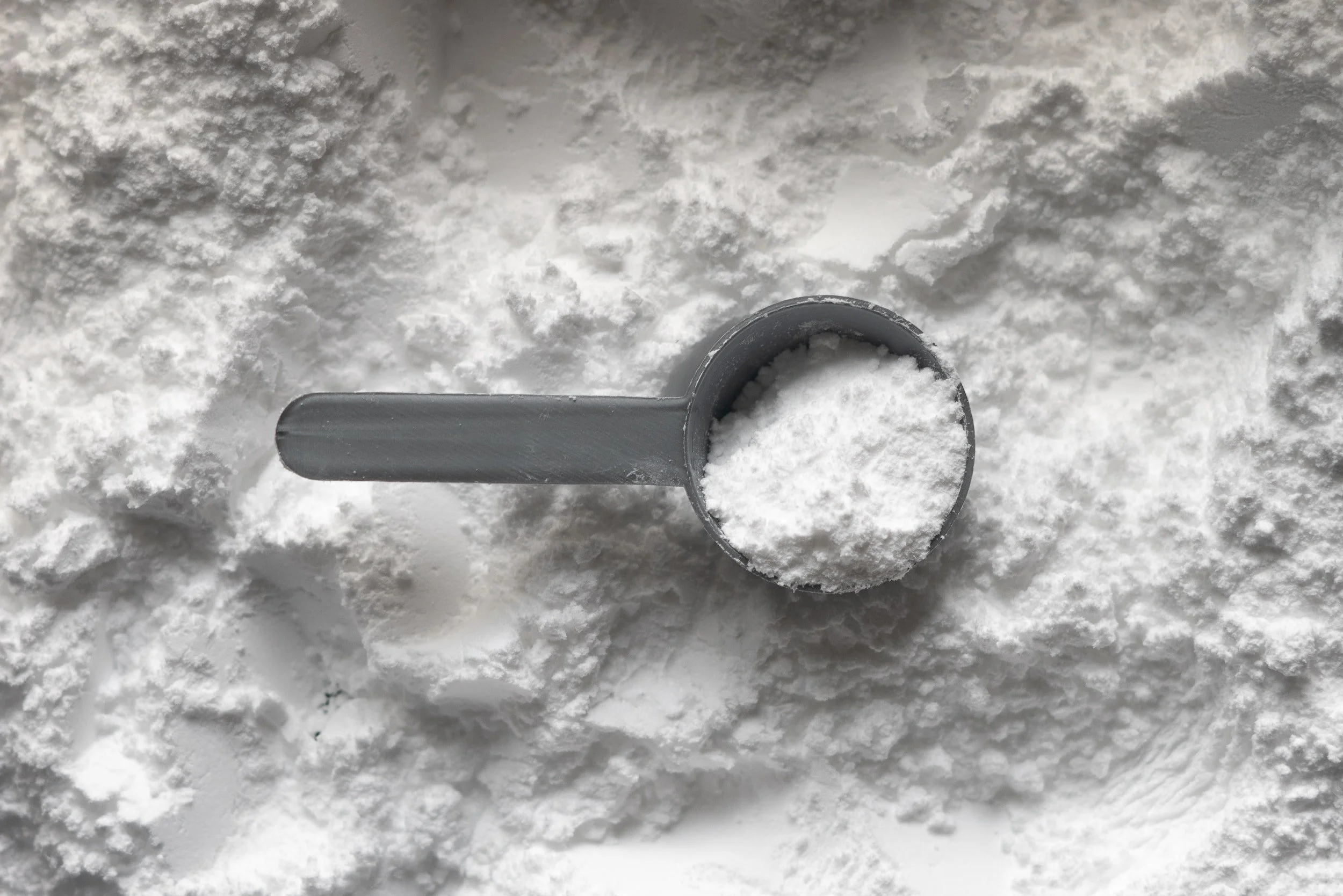The sun has been revered by cultures throughout history, and since the beginning of human civilization as we know it. Throughout time it has been a symbol of life, vitality, hope, and good. In recent years, however, concerns about the potential risks of UV exposure have led many people to avoid natural sunlight altogether. Furthermore, it is common practice for people to cover themselves in toxic sunscreens when they do choose to venture out into the sun, blocking many of the potential benefits and creating new potential harms.
While it is important to protect your skin from overexposure to the sun - overexposure meaning getting sunburned - by wearing protective clothing and limiting exposure when necessary, it's also crucial to recognize that sunlight offers numerous benefits for both your skin and your overall health. In this blog post, I will lay out just a few of the reasons why sun exposure is good for your body and your mind.
1 - Vitamin D Production
I’ve covered this benefit in a previous blog post - “Vitamin D and Supplementation” - but it’s worth a quick review. One of the most well-known benefits of sun exposure is its role in the production of vitamin D. When your skin is exposed to sunlight, it synthesizes vitamin D, which is a hormone that is essential for various bodily functions. Vitamin D helps regulate calcium levels in the body, boosts the immune system, supports bone health, and has been linked to a reduced risk of chronic diseases, including certain autoimmune disorders and cancers.
2 - Skin Health
Contrary to the mainstream belief that sun exposure is detrimental to your skin, moderate sun exposure can benefit your skin health in several ways, such as:
Psoriasis and Eczema Relief - Sun exposure can alleviate symptoms of psoriasis and eczema, two common and potentially painful skin conditions. The UVB rays in sunlight slow down the rapid growth of skin cells and reduce inflammation.
Acne Improvement - Sun exposure can help reduce acne by drying out excess oil and decreasing inflammation.
Improved Skin Tone - Sun exposure can lead to a healthy glow and improved skin tone by stimulating melanin production. This melanin will also provide some protection against UV rays, which helps prevent burning.
3 - Cardiovascular Health
Exposure to sunlight has also been associated with improved cardiovascular health. There are studies suggesting that the production of nitric oxide in the skin, which is stimulated by UV rays, can help lower blood pressure. Additionally, the positive effects on mood and reduced stress can contribute to a healthier heart.
4 - Mood Enhancement
As briefly mentioned above, spending time in the sun has a positive impact on mood and mental well-being. This is because, among other things, sunlight stimulates the production of serotonin, the "feel-good hormone." This increase in serotonin levels can help reduce symptoms of depression and anxiety, improve overall mood, and enhance one’s quality of life. Sun exposure can also help regulate your circadian rhythm, promoting better sleep and a more consistent sleep-wake cycle.
So let’s go ahead and sum this all up: Sun exposure can offer numerous benefits for both your skin and your overall health. While getting sunburned can indeed cause damage to the skin and body (and should be avoided by using shade, protective clothing, and limiting time in the sun when in danger of overexposure), smart sun exposure has many long-term and short-term health benefits worth pursuing.








